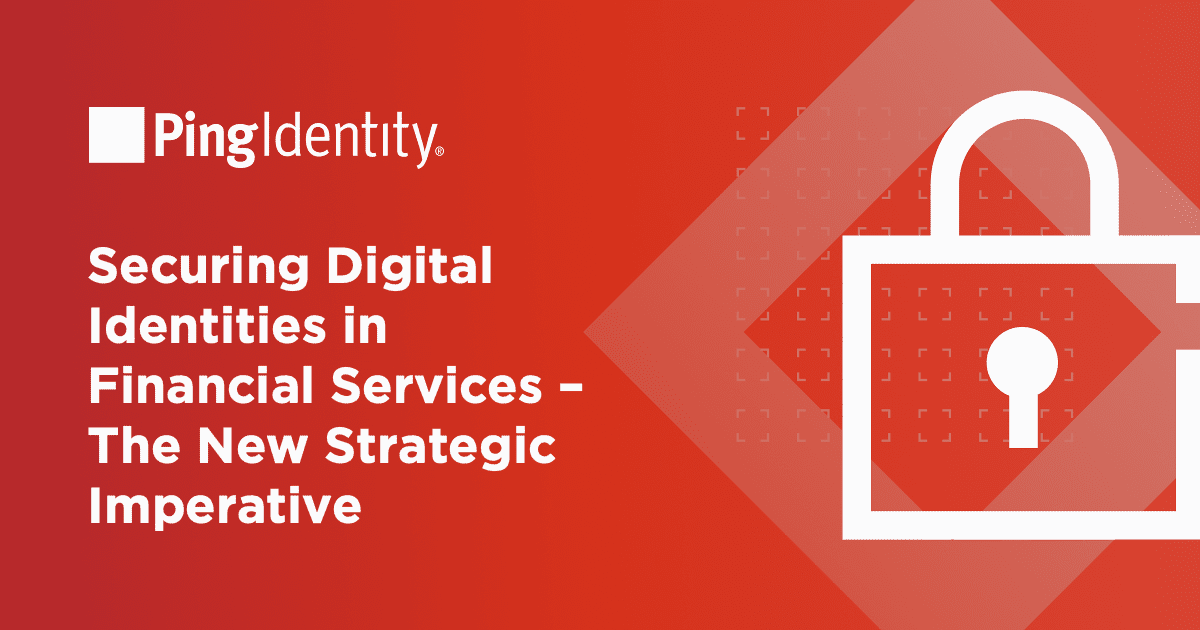It's been about 15 years since the electric vehicle (EV) was introduced broadly to the American automobile market. While the early EVs drew tons of interest, they were prohibitively expensive for most consumers. As more affordable models began to arrive, they drew interest from a larger pool of potential buyers, but their limited range between charges turned many consumers toward hybrid vehicles instead. Hybrids were affordable and could satisfy consumers' demand for greater distance before refueling (or recharging).
Hybrids combine the best qualities of two or more different worlds — and the same is true with hybrid cloud and hybrid IAM. Before we go any further, let's define hybrid cloud and look at its benefits, and then we'll look at hybrid IAM.
Hybrid cloud represents applications, services,and systems that use a mix of on-premises infrastructure along with one or more private cloud or public cloud services. If that on-premises environment is running in a private cloud, it can be considered a hybrid cloud. Because you can choose which environment to use for what applications, combining the best of both worlds, you get the data residency, privacy, and control of on-premises with the agility, flexibility, and scalability of cloud computing.
Like the car analogy, one of the other advantages of hybrid cloud comes down to cost. Because you are using the investments you already made in your on-premises infrastructure and paying only for the cloud capacity you use, a hybrid cloud environment is cost-effective.
Hybrid cloud can create identity silos, and that's where hybrid IAM comes in
One of the biggest disadvantages of hybrid cloud is that it fragments digital identities and spreads them across multiple environments. These identity silos can lead to duplicate identities and increased risk. Without visibility across all environments, it's difficult to identify and monitor high-risk requests. On the other hand, unifying all identities across all digital services and avoiding a new set of silos is critical for closing security gaps and delivering great access experiences to users. This unification is known as hybrid IAM.
Hybrid IAM is an IAM platform capable of running, unifying, and securing all digital identities in a hybrid cloud environment.
Hybrid IAM delivers three key benefits
Hybrid IAM enables organizations to seamlessly integrate, centralize, and manage identities across any environment in a single IAM platform.
Cost savings: By having a single IAM platform that can run in a hybrid cloud architecture — with you controlling how much will be on-premises and how much will be in the cloud — you have the flexibility to keep costs down and move to the cloud at your own pace without worrying about additional future IAM costs, which could include investment in migration activities and maintenance.
Great experiences: By unifying siloed identity information on a hybrid IAM platform, you can deliver a consistent user experience at any scale for any type of user identity, including IoT devices and services, no matter where the user (customer or employee) or application is housed within the hybrid cloud.
Uncompromising security: By adding user and device context to authentication, including the ability to continuously authorize every transaction, hybrid IAM can enable you to quickly adopt a Zero Trust strategy. By adding full user lifecycle management on top, you can truly unify identities to improve audit and compliance.
The ForgeRock approach to hybrid IAM
Capable of being implemented within on-premises, any cloud, and as-a-service infrastructures, ForgeRock offers a truly comprehensive hybrid IAM platform.
With the ForgeRock Identity Platform, enterprises can introduce modern, identity-driven security and frictionless user experiences into their environments, and address the broadest range of IAM use cases while reducing operational costs and achieving faster time to value.
ForgeRock offers hybrid IAM without compromise. With one subscription, ForgeRock offers the same experiences and outcomes across all platform consumption and implementation choices. Organizations can integrate all their applications by implementing the ForgeRock Identity Platform as a self-managed offering in a cloud of their choice, and when consuming ForgeRock Identity Cloud as a service.


